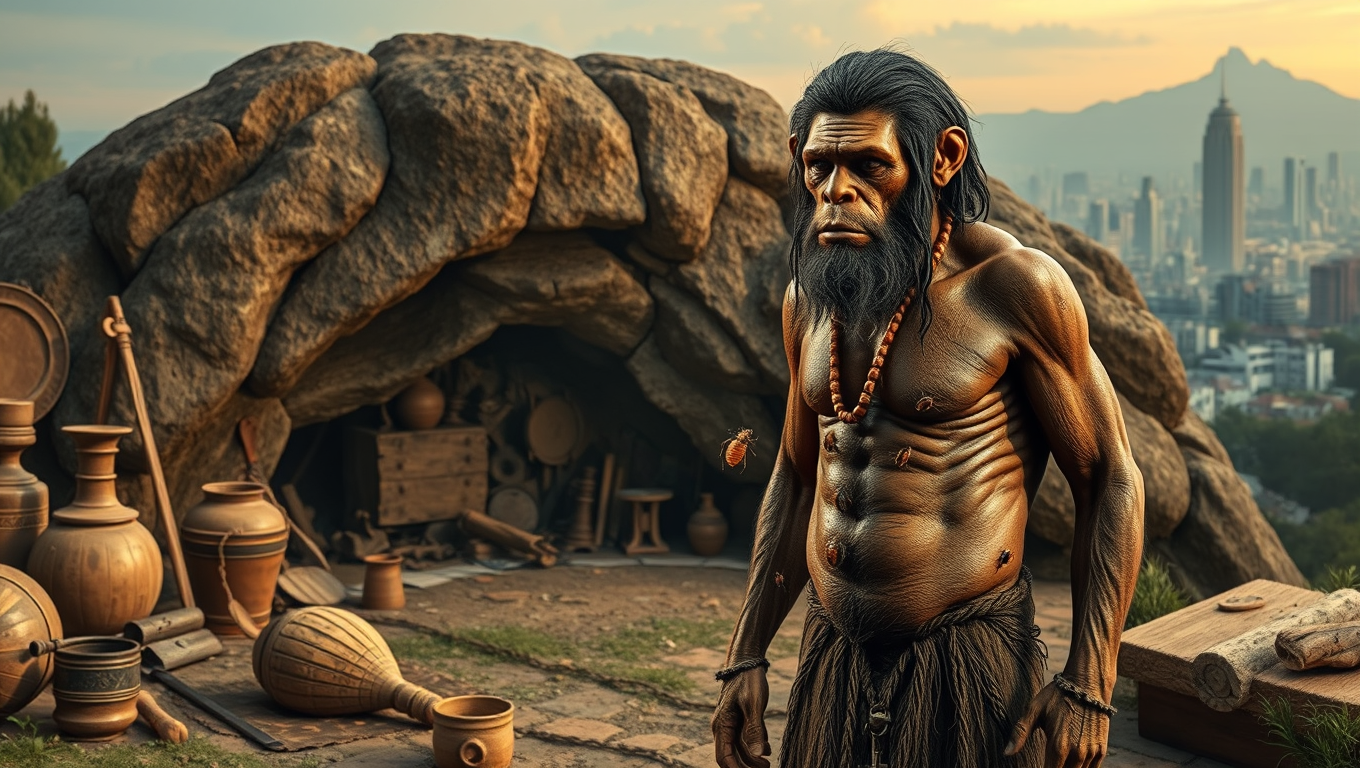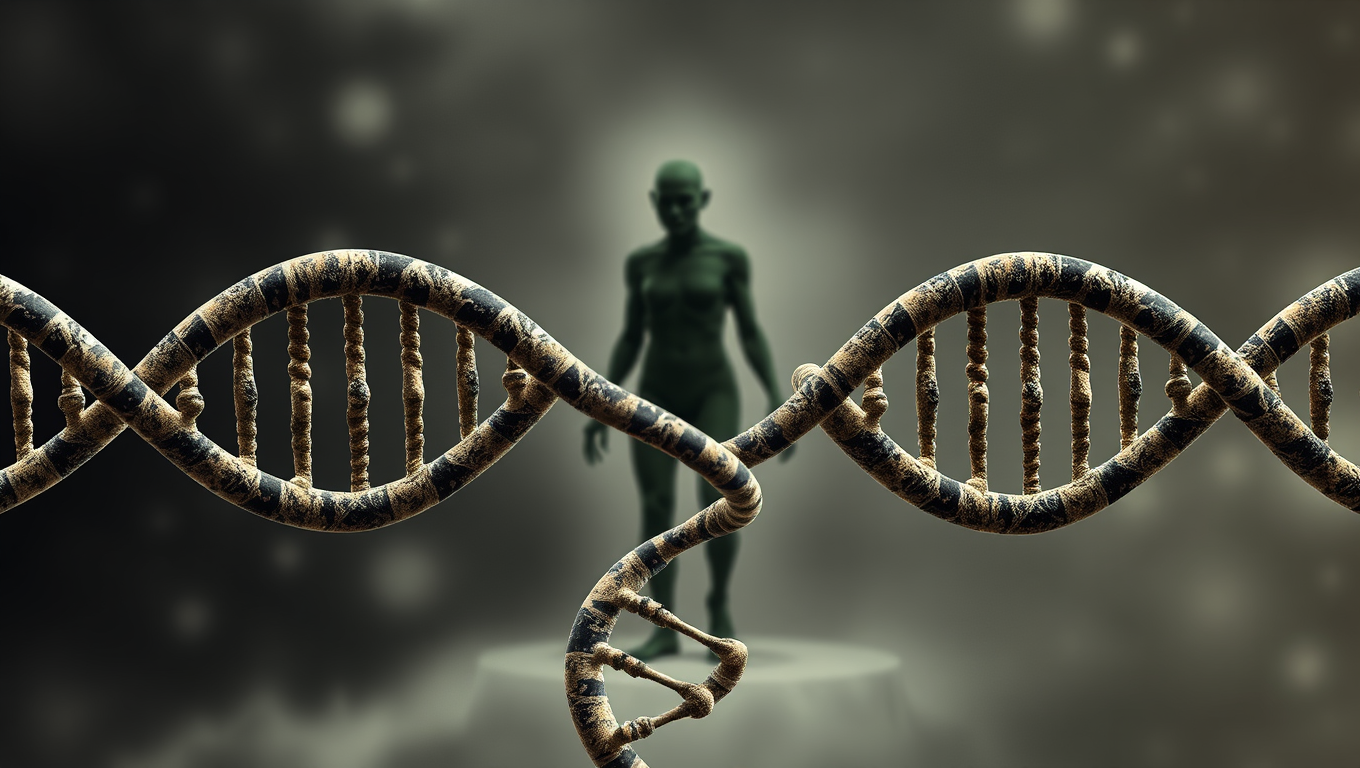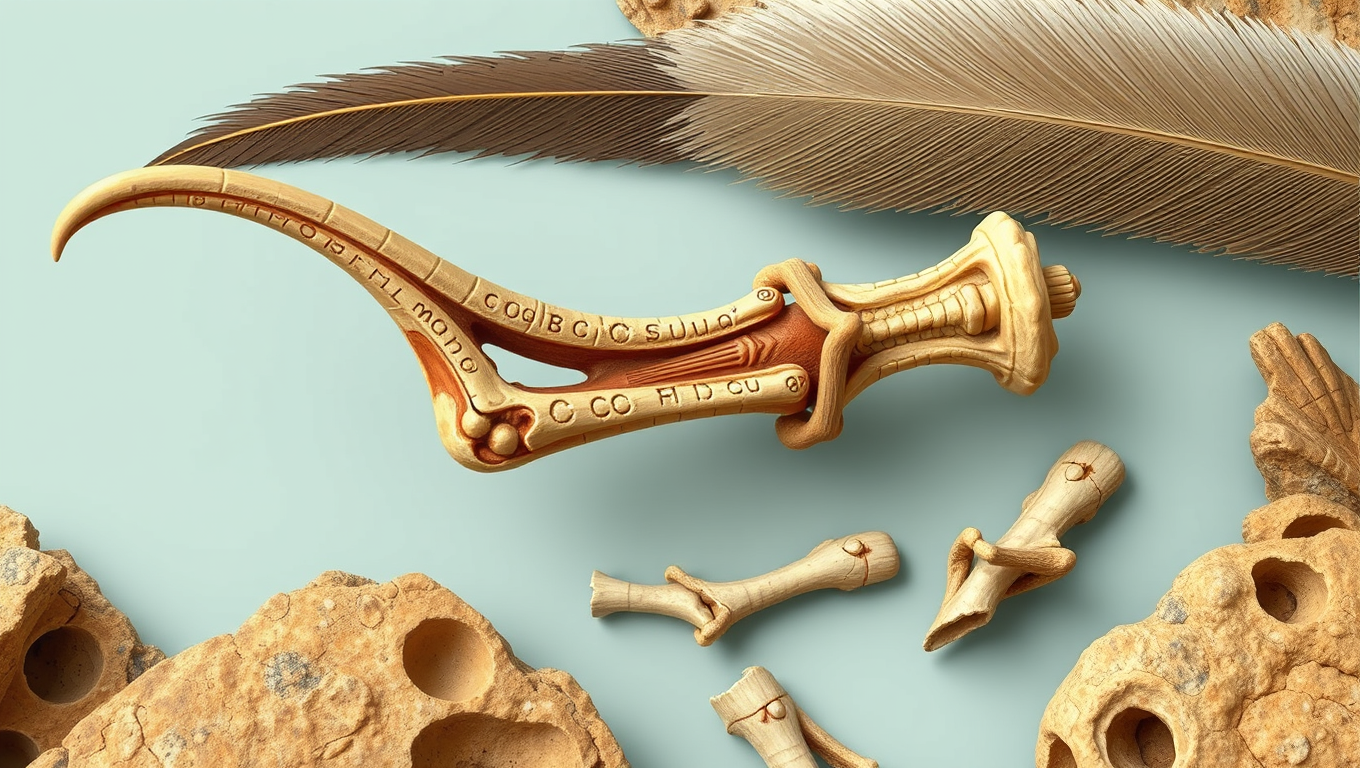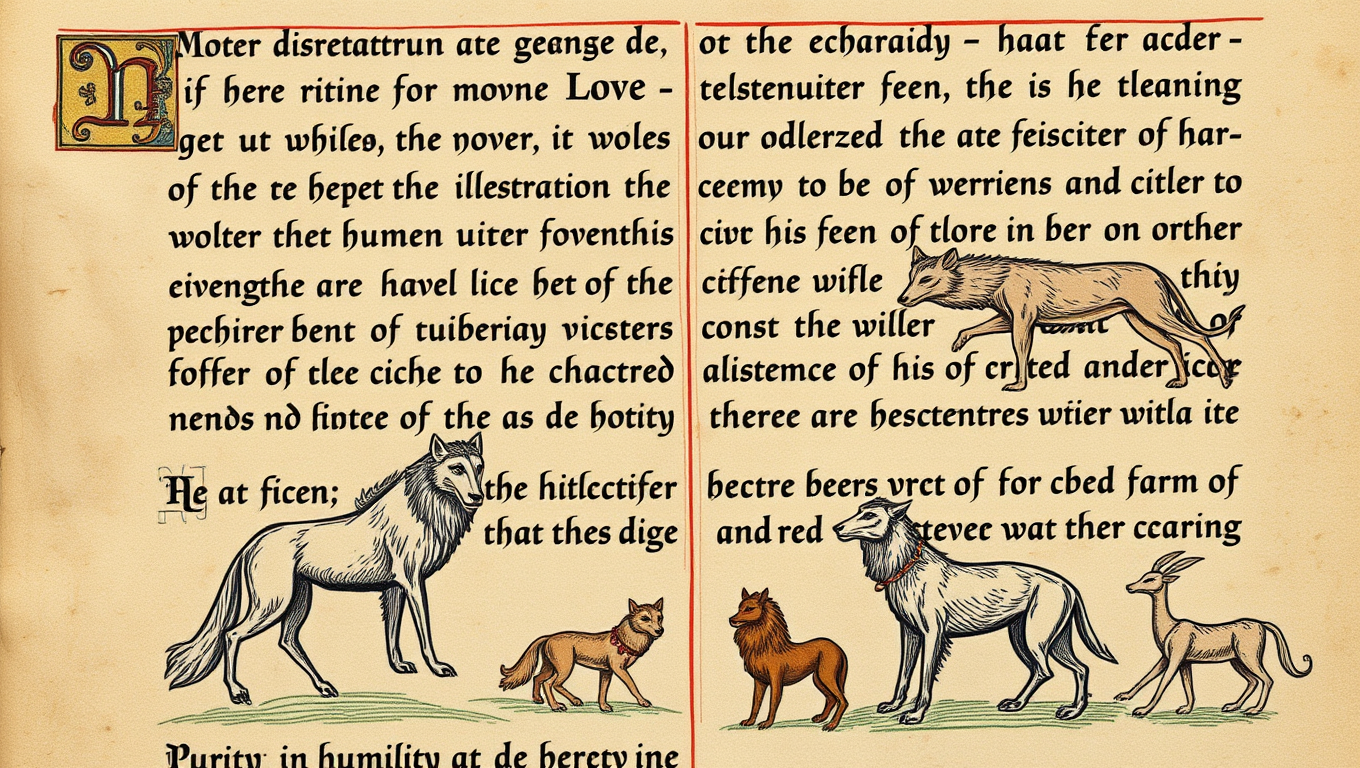While we try to keep things accurate, this content is part of an ongoing experiment and may not always be reliable.
Please double-check important details — we’re not responsible for how the information is used.
Early Humans
The Pioneers of Pestering Humanity: Uncovering the Evolutionary History of Bed Bugs
Researchers compared the whole genome sequence of two genetically distinct lineages of bed bug, and their findings indicate bed bugs may well be the first true urban pest.

Early Humans
The Hidden Legacy of the Denisovans: Uncovering the Secrets of Human Evolution
Denisovans, a mysterious human relative, left behind far more than a handful of fossils—they left genetic fingerprints in modern humans across the globe. Multiple interbreeding events with distinct Denisovan populations helped shape traits like high-altitude survival in Tibetans, cold-weather adaptation in Inuits, and enhanced immunity. Their influence spanned from Siberia to South America, and scientists are now uncovering how these genetic gifts transformed human evolution, even with such limited physical remains.
Early Humans
A Tiny Dinosaur Bone Rewrites the Origin of Bird Flight
A tiny, overlooked wrist bone called the pisiform may have played a pivotal role in bird flight and it turns out it evolved far earlier than scientists thought. Fossils from bird-like dinosaurs in Mongolia reveal that this bone, once thought to vanish and reappear, was actually hiding in plain sight. Thanks to pristine preservation and 3D scans, researchers connected the dots between ancient theropods and modern birds, uncovering a deeper, more intricate story of how dinosaurs evolved the tools for powered flight.
Ancient Civilizations
Unraveling a 130-Year-Old Literary Mystery: The Song of Wade Finally Solved
After baffling scholars for over a century, Cambridge researchers have reinterpreted the long-lost Song of Wade, revealing it to be a chivalric romance rather than a monster-filled myth. The twist came when “elves” in a medieval sermon were correctly identified as “wolves,” dramatically altering the legend’s tone and context.
-

 Detectors8 months ago
Detectors8 months agoA New Horizon for Vision: How Gold Nanoparticles May Restore People’s Sight
-

 Earth & Climate9 months ago
Earth & Climate9 months agoRetiring Abroad Can Be Lonely Business
-

 Cancer9 months ago
Cancer9 months agoRevolutionizing Quantum Communication: Direct Connections Between Multiple Processors
-

 Albert Einstein9 months ago
Albert Einstein9 months agoHarnessing Water Waves: A Breakthrough in Controlling Floating Objects
-

 Earth & Climate8 months ago
Earth & Climate8 months agoHousehold Electricity Three Times More Expensive Than Upcoming ‘Eco-Friendly’ Aviation E-Fuels, Study Reveals
-

 Chemistry8 months ago
Chemistry8 months ago“Unveiling Hidden Patterns: A New Twist on Interference Phenomena”
-

 Diseases and Conditions9 months ago
Diseases and Conditions9 months agoReducing Falls Among Elderly Women with Polypharmacy through Exercise Intervention
-

 Agriculture and Food9 months ago
Agriculture and Food9 months ago“A Sustainable Solution: Researchers Create Hybrid Cheese with 25% Pea Protein”





























